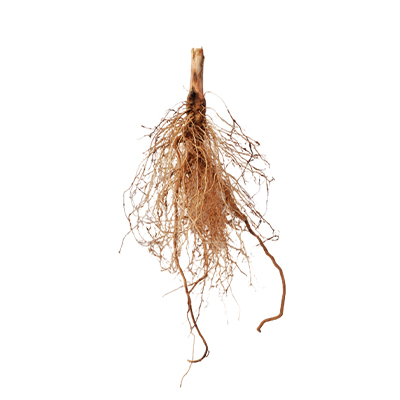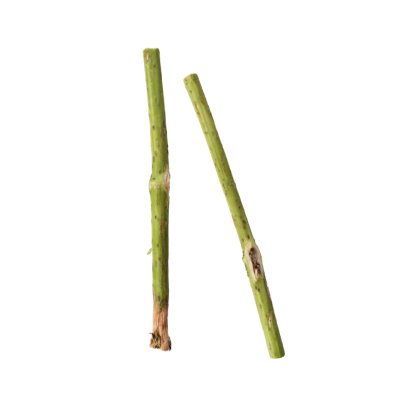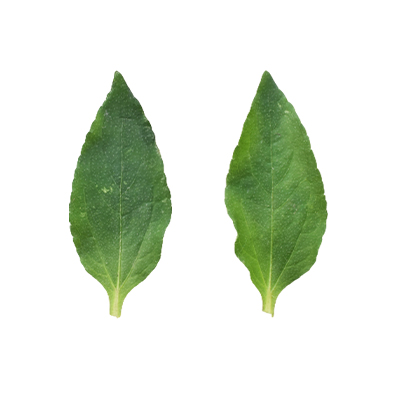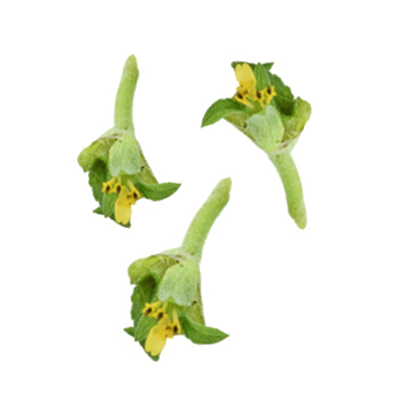Cinderella Weed
Synedrella nodiflora (L.) Gaertn.
Asteraceae
Location in our garden
Principal
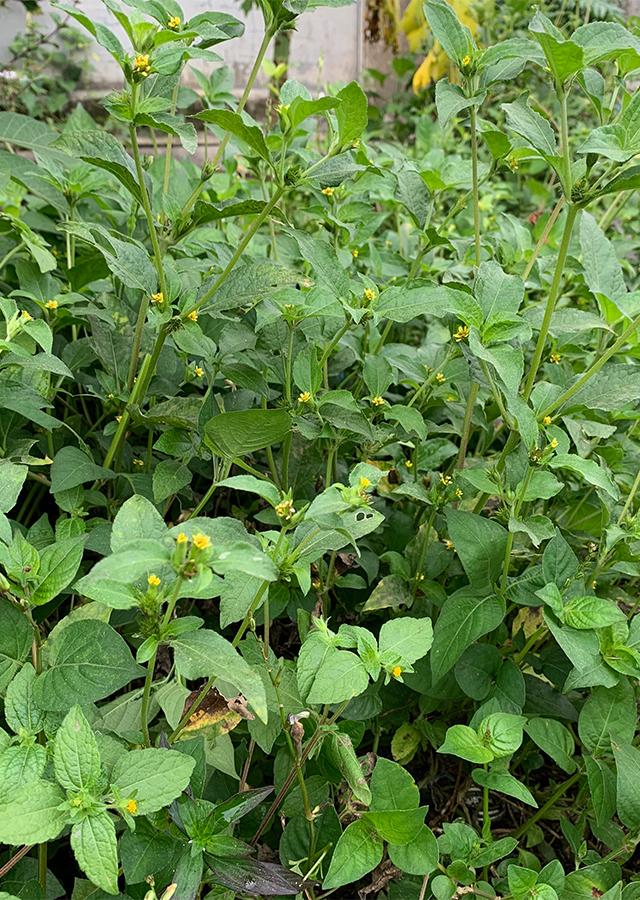


Synonym
Ucacou nodiflorum (L.) Hitchc.
Verbesina dichotoma Sieber ex Steud.
Verbesina nodiflora L.
Habitus
Herbaceous. An erect branched ephemeral herb, annual, herbaceous, usually 25-90 cm tall
Part Used
Leaves
Roots
The Whole Plant
Growing Requirements
Need Shade
Habitat
Forest
Grassland
Overview
Originated in tropical America from where it has spread throughout the warmer regions of the world. It is probably found in every tropical and subtropical country in situations which favour its growth. It is not traded commercially, and is rarely found in local markets. Chinese herbalists in Indonesia stock the herb.
Vernacular Names
Rumput babi (Malaysia), Phak-khral (Thailand), Fantakuen (Philippines), Bo xit (Vietnamese), Fushizaki-so (Taiwan), Cerbatana (Spanish), Vassourinha (Brazilian), Bruwan (Javanese-Indonesia), Jotang kuda (Sundanese-Indonesia), Gofu makeang (Ternate-Indonesia).
Agroecology
This plant can be found from lowland to mountainous region. This common weed is frequently found in anthropogenic disturbed land in wide range of soil types and conditions. This species mostly found in area with full sunlight.
Morphology
- Roots - small, branched taproot, slightly deep.
- Stems - ribbed, dichotomously branched, subangular, smooth to sparsely hairy.
- Leaves - opposite, simple, ovate to elliptic, sub-sessile; surfaces with hairs forming white dots at their base, margins subentire to crenate-serrate; pubescent on both surfaces; three prominent veins, strigose.
- Flowers - Ligulate flowers 3-8, yellow, 3 lobed, disc floret: 8-9, tubular flower, 4-5 lobed, yellow.
- Fruits - achene 2 types, ray floret: flat, oval, spiny edged, two short terminal awns, disc floret: cylindrical, two terminal awns.
- Seeds - dispersed by wind/water/animals, form of dispersal varies with disc or ray florets. Ray seeds often lack dispersal structures; fresh seed germinates quickly.
Cultivation
It is propagation by seeds. Higher germinability in temperatures between 25 and 30 °C.
Chemical Constituents
Flavonoids, alkaloids, steroids, triterpenoids, phenolic compounds, saponins, tannins, β-caryophyllene, germacrene D, β-farnesene, β-cubebene. The essential oil contain terpenesβ-caryophyllene,β-farnesene, germacrene-D and β-cubebene as major components. The Triterpenoids were identified as Triterpenoids saponin nodifloside A (oleanolic acid-3-O-β-D-xylopyranosyl-(1 forward 4)-β-D-glucopyranuronosyl methylate) and triterpenoid oleanic acid-3-O-β-D-glucopyranuronosyl methylate. This plant also contain steroidsβ-sitosterol, stigmasterol, stigmasterol-3-O-β-D-glycoside, rosasterol and estradiol.
Traditional Medicinal Uses
Medicinal Uses
- The whole plant extract has been reported to possess potent anti-inflammatory and activity and central analgesic effect.
- Studies have shown anticonvulsant effects, antibacterial and antioxidant activities.
Traditional Uses
- In Indonesia, the leaves are used as a poultice for sore legs and rheumatism. The juice of the leaves is used for the treatment of earache.
- In Africa the leaves are applied as an embrocation for different oedemas. The juice of the leaves is used for treatment of mouth affections such as infected gums.
- In Ghana, an infusion of young leaves is used as a laxative.
- In Papua New Guinea, the root is chewed against diarrhoea, together with some other herbs. Dislocated bones are massaged daily with sap from the squeezed leaves.
- In Fiji, a decoction of the leaves is used to treat haemorrhoids and diarrhoea.
- A decoction of the pounded and cooked roots is drunk as a cough-mixture in Africa and in Barbados.
- In Colombia, the entire plant is used as an emmenagogue.
Part Used
Reference Sources
- CABI. (No date). Synedrella nodiflora (synedrella). https://www.cabi.org/isc/datasheet/52325 30-01-2021.
- Syamsul,H. (2002). Synedrella nodiflora (L.) Gaertner. In van Valkenburg, J.L.C.H. and Bunyapraphatsara, N. (Eds.): Plant Resources of South-East Asia (PROSEA) 12(2): 528-530.
- NCBI. (2012). Synedrella nodiflora. https://www.ncbi.nlm.nih.gov/pmc/articles/PMC3341718/. 30-01-2021
- Sumi Wijaya et. al. (2015). Antibacterial and Antioxidant Activities of Synedrella nodiflora (L.) Gaertn. (Asteraceae). https://core.ac.uk/download/pdf/232211102.pdf 30-01-2021.
- McConnell J., Gutierrez L., Raulerson L., Marutani M., Schlub R, Perez G., Guedon J.M., Schlub K. and Smith L., Elmer M.D. (1954). Synedrella nodiflora. https://cnas-re.uog.edu/guam-weeds/synedrella-nodiflora/ 30-01-2021.

